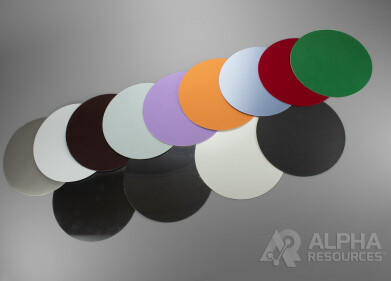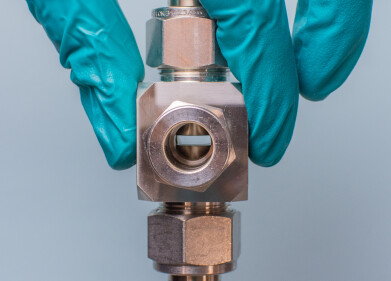Mass Spectrometry & Spectroscopy
Why Physics Wasn't "Built by Men"
Oct 19 2018
Professor Alessandro Strumia from Pisa University has sparked fury among the physics community and beyond with his recent presentation at CERN. During a seminar on gender issues in physics, Strumia claimed that physics was 'invented and built by men'.
In this 6-part series, we will take a closer look at Strumia’s comments and explore just a few of the women that prove his statement is completely wrong. Stay tuned as we look at some of science’s most influential women.
Discrimination in physics
Despite Strumia’s claims that men are discriminated against because of ideology, physics has historically been a patriarchal industry. Taking it back to the start of physics as we know it today, Aristotle introduced us to ideas such as motion through the theory of four elements. He informed the scientific and scholastic developments of the Middle Ages, being the first to coin the term ‘physics’ back in the 4th century BCE.
Fast forward over 2000 years and physics was a prominent, well-explored area of science, having seen the works of Galileo and Isaac Newton. Yet, it wasn’t until 1732 that a woman was granted a doctorate in the subject. Laura Bassi was the first woman to earn a professorship in physics at a university.
Almost 300 years later and the world of physics is a much different place. In 2017, 41% of those graduating in Physical Sciences were women - and that figure continues to grow. Many universities are now taking on women in physics programmes to encourage young women to partake and to make it easier to get into the sciences.
3rd female Nobel Prize for Physics winner
Dr Donna Strickland, along with Gerard Mourou, recently won the Nobel prize for Physics, being only the 3rd woman in history to be awarded the prize. Their invention, Chirped Pulse Amplification, is a way of generating high-intensity, ultra-short optical pulses that can be used for a variety of applications, including corrective laser eye surgery.
Positively, Dr Strickland said she has ‘always been treated as an equal’ and that she ‘got paid the same as my male counterpart grad students’. This is world’s away from the experience of the previous female Nobel Prize for Physics winner, Maria Goeppert Mayer, who went unpaid for her time.
Women in physics
The success of Dr Strickland further highlights the inaccuracy of Professor Strumia’s comments and displays hard work finally being recognised and rewarded.
To celebrate the progression of women in the physics industry, highlighted by Dr Strickland’s recent Nobel Prize, we’re going to dedicate a post to each 5 of the most influential women in physics, starting with Lise Meitner.
Alternatively, you can find out more about the world of modern physics in the article ‘Why Does Nanotechnology Require Mass Spectrometry?’
Digital Edition
Lab Asia 31.6 Dec 2024
December 2024
Chromatography Articles - Sustainable chromatography: Embracing software for greener methods Mass Spectrometry & Spectroscopy Articles - Solving industry challenges for phosphorus containi...
View all digital editions
Events
Jan 22 2025 Tokyo, Japan
Jan 22 2025 Birmingham, UK
Jan 25 2025 San Diego, CA, USA
Jan 27 2025 Dubai, UAE
Jan 29 2025 Tokyo, Japan



















